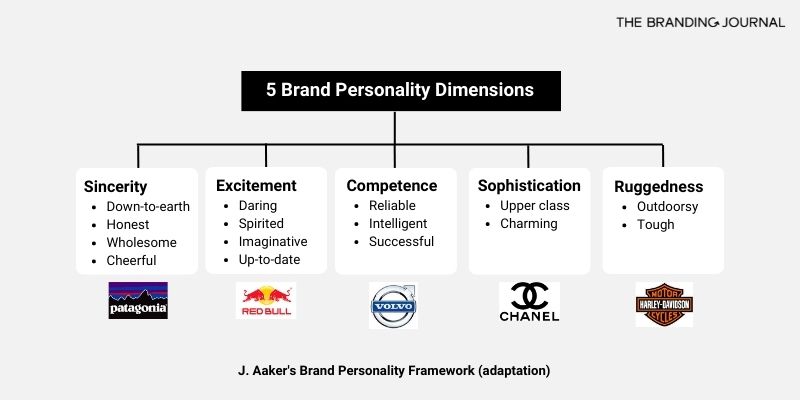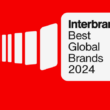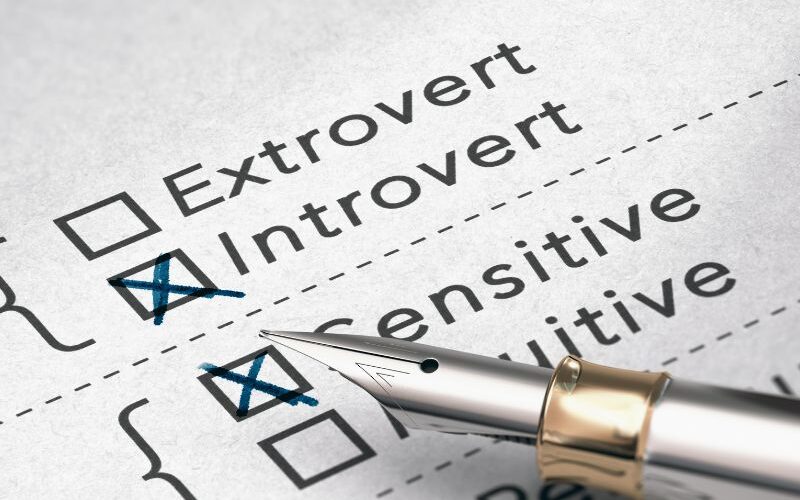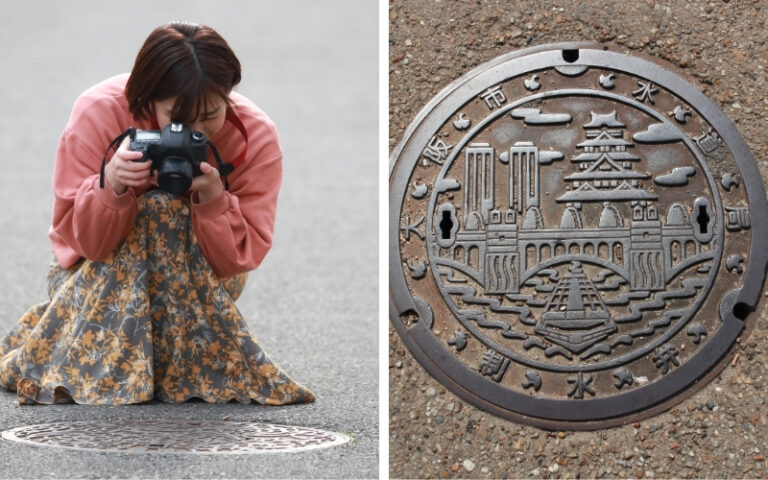Humble. Jubilant. Serious. Charming. Provocative. They might be words that we usually use to describe a person’s personality traits, but can also readily apply to brand personalities.
Our personality determines whether we charm or irritate people, inspire them or send them running for the hills, or beyond! A brand personality is no different. A strong, well-defined personality humanizes a brand, making it both distinctly different and relatable in today’s cluttered marketplace.
BLACK FRIDAY SALE
The Ultimate Brand Building System
Applicable to Any Industry and Brand | 50 Explainer Videos | Brand Strategy Template with 60+ Pages | Community | Direct Support
Join Now for $249 instead of $690!
Table of Contents
What is brand personality?
Simply put, brand personality is the way a brand is personified; the sum of its emotional, psychological and behavioral patterns that remain unique over the course of its lifespan[1]. They are the human characteristics and traits that consumers relate to.
According to branding expert Jean-Noël Kapferer, “brand personality fulfills a psychological function. It allows consumers to either identify with it or project themselves into it. Brand personality is also the main source of tone and style of advertising[2].”
A brand’s personality is an element of the brand identity. It can be expressed through its tone of voice, communication style, and behaviors, while actively cultivating consumers’ perception through its in-market communications.
Why is brand personality important?
We live in a world where brands clamber over each other to resonate authentically with audiences, almost anywhere you look! Therefore, having an easily distinguished and attractive brand personality is vital to keeping a brand’s DNA healthy.
Providing a brand with specific character traits will make it more human. Consumers will feel concerned by its behavior and values. They will feel like they are talking to one person, which will generate attachment to the brand.
A well-executed brand personality helps to build a brand’s equity, distinguishing a business or organization from its competition while maintaining (or cultivating) an edge in the marketplace.
The Aaker Model: Brand personality dimensions
The Brand Personality Framework was developed by Stanford marketing and brand expert Jennifer L. Aaker. In a seminal article published in the 1997 Journal of Marketing Research, she provides a structure for thinking conceptually about brand personality through a five-dimensional model[3]. These dimensions are:
- Sincerity: this personality type tends to be ethical, trustworthy, and down-to-earth, such as Patagonia
- Excitement: these brands are often bold, creative, and spirited, like Red Bull or Tesla.
- Competence: brands that fall into this personality type are intelligent and reliable. Think Volvo or Microsoft.
- Sophistication: these brands, like Chanel or Apple, are often upper-class, glamorous, and charming.
- Ruggedness: rugged brands like Harley-Davidson and Land Rover tend to be outdoorsy and tough
A brand’s personality features further define each dimension with more nuance, and it is this resulting mix of traits that distinguishes and identifies a brand.

When determining where your brand fits on the brand personality spectrum, the goal is to discover the personality traits and characteristics that are aligned with your brand’s positioning, purpose, and values.
How does a brand personality come to life?
A brand’s place in the world, much like a human being’s, is largely dictated by its personality. A brand’s personality mainly comes to life through (1) its visual and sensory identity, (2) its communication style and tone of voice, and (3) how it acts.
- Brand personality is represented through its visual and sensory identity
Logo, brand colors, typography, imagery, and other visual elements like illustration or photography styles. A strong personality has an instantly recognizable look. What color do you associate with Coca-Cola, for example? The correct answer is, of course, red.
The personality of a brand can also be perceived via other senses. For example, the glamorous personality trait of the brand might come to life via an olfactive experience (such as feminine and sophisticated in-store fragrance).
- Brand personality is expressed through its communication style and tone of voice
This is how a brand sounds, whether through written or sound-based communications. A brand’s voice, tone, tenor, and temperament are all defined by its core personality characteristics.
- Brand personality is exemplified in the way a brand acts
The brand personality identity should be evident in the way a brand acts in relation to its place within the world. This is how brands build meaningful connections with their consumers and clients.
Examples of brand personalities in the real world
Case study 1: Nike
Brand personality: Excitement

If we use the Aaker model to look more closely at sports brand Nike’s personality, we can very quickly identify that it has a character filled with excitement.
Nike’s personality exudes excitement and enthusiasm from its artfully-named “Swoosh” logo and now-legendary “Just Do It” tagline, right through to its product design and color choices. Nike seeks to attract like-minded consumers who aspire to a high-spirited and daring way of life. It’s about so much more than product features and benefits!
In a Harvard Business Review article, Nike’s CEO, Phil Knight says, “Our advertising tries to link consumers to the Nike brand through the emotions of sports and fitness. We show competition, determination, achievement, fun, and even the spiritual rewards of participating in those activities.”[4]
Case study 2: Apple
Brand personality: Sophistication

Looking at tech-giant Apple, we can see that modern brand personalities can be composites of the five dimensions provided by the Aaker model. Apple is all-at-once reliable, exciting, competent, and sophisticated.
However, if we were to choose one definitive personality trait, we’d likely choose sophistication.
From its sleek and often-replicated product design to its premium price point, the way the brand presents itself and is perceived by consumers has guaranteed Apple a fierce customer loyalty rate of 90% for the past three years[5].
Case study 3: Starbucks
Brand personality: Competence

Similarly, we can see several of Aaker’s dimensions coming together to create the brand’s overall personality with Starbucks’.
There’s an element of middle-upper class sophistication associated with Starbucks. Whether you’re a busy parent, a student, or a businessperson, Starbucks is the reliable answer to your “Where can I get a cup of coffee in a comfortable and inspiring environment?” question. For this reason, we can surmise that Starbucks best demonstrates the competent personality dimension. The brand also presents itself as a community pillar; its mission statement proudly states they’re in business “to inspire and nurture the human spirit – one person, one cup, and one neighborhood at a time.”[6]
How to create a brand personality?
Creating a personality is an essential step in the brand development process and should be considered at a strategic level along with core elements like a mission statement, purpose, etc. So, how do you get started?
The most important thing is to ensure that your brand’s personality reflects your audience or consumers’ personality and motivations.
To start defining a personality for your brand, you can ask yourself the following questions:
- If the brand were a person, what would it be like?
- How would it think, feel, and behave?
- What would be its main personality traits? You can get some inspiration from the list below. Our recommendation is to choose a list of maximum 3-5 adjectives, to keep it simple and straightforward.
| Accessible, Activist, Agitated, Analytical, Atypical, Benevolent, Bold, Brave, Calm, Challenging, Charismatic, Cautious, Classic, Cold, Compassionate, Compliant, Constant, Creative, Decisive, Detached, Driver, Elegant, Energetic, Enthusiastic, Extrovert, Fair, Firm, Flexible, Free-thinking, Friendly, Generous, Genuine, Hard-working, Helpful, Humble, Imaginative, Improviser, Impulsive, Inoffensive, Insightful, Introvert, Inventive, Laid-back, Logical, Loyal, Mature, Methodical, Modest, Neutral, Observant, Open-minded, Passionate, Patient, Peaceful, Persuasive, Planner, Playful, Positive, Practical, Protective, Prudent, Rational, Rebellious, Reserved, Resourceful, Respectful, Responsible, Romantic, Sage, Self-critical, Sensitive, Sentimental, Serious, Sexy, Social, Solitary, Sophisticated, Spontaneous, Strong, Studious, Subtle, Sweet, Supporter, Teacherly, Trusting, Understanding, Warm, Wise, Youthful. |
- Under which brand personality dimension would the brand fall? If you choose to use Jennifer Aaker’s five dimensions of brand personality model (see above), you should select the dimensions that you trust would appeal to your target customer the most. It is possible to use only one dimension or a combination of two or three dimensions.
- What type of relationship/interactions would it have with its different audiences? For example, if a customer would start a relationship with the brand, what sort of person would the brand be (e.g.: a good friend, a role model, an expert advisor, a teacher, a sibling/parent)?
Remember, your brand personality should be linked to the business’s objectives and broader brand strategy. There’s no point in having a personality just to have one! Instead, create authentic and natural links between the way you talk and why you’re in business.
Think about how you’ll align your brand’s personality with its overall identity, actions, tone of voice and communication style. These are the ways your brand will be brought to life, so it’s important to start imagining and creating examples of how the brand’s personality will be expressed – think website, business cards, social media posts, events and email templates; basically every brand touchpoint you can think of!
Conclusion
A strong, well-defined, attractive brand personality is vital to cultivating a lasting relationship between an organization and its audience.
As human beings, we tend to gravitate towards brands that represent our ideals in the world, and represent them in. We look to brands to help define us, whether through the clothes we wear, the technology we use, or the food we consume. A personality helps make it easier for brands to negotiate the purchase decision.
We’ve looked at the Aaker framework, and how that can make it easier for us as marketers to define brand personalities. We’ve also offered three unique case studies that demonstrate the value of the brand personality model (Nike) but also hint at some of its limitations (Apple, Starbucks); perhaps the result of 25 years passing since it was published.
By harnessing a unique set of personality traits, a brand can project itself beyond its products’ mere features and benefits into a far deeper and more meaningful relationship with its customers.












